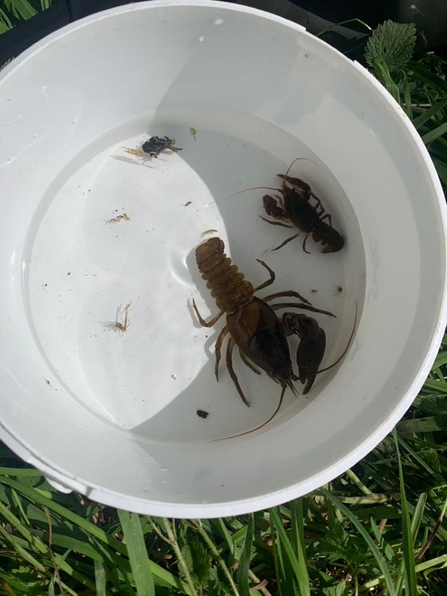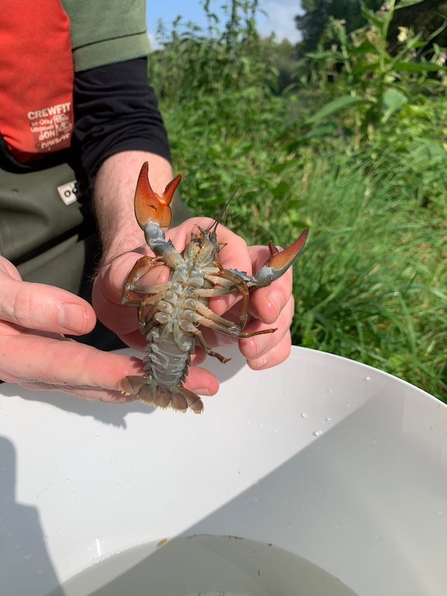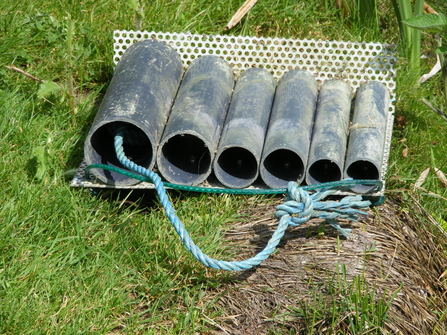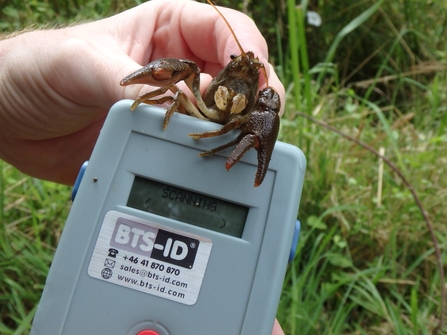Wandering through nature gives us the chance to encounter a huge variety of the wildlife that calls our wild forests, vast wetlands and luscious grasslands home. It’s easy to spot a butterfly overhead, or a bee buzzing past us – however, there are some animals that hide just out our view. In fact, they are so well-hidden, that most people don’t even know they exist.
Freshwater habitats are one of the most important ecosystems on the planet, providing a home to over 100,000 species worldwide. By taking a peek under the surface of the water, we can shed a light on these mysterious creatures and discover an entirely new world living on the other side.
I’ve been working as an environmental biologist for a few years, but as my speciality has mostly been terrestrial animals I have rarely come into contact with freshwater species. One of the things that attracted me to the role of trainee ecologist with Hampshire & Isle of Wight Wildlife Trust was the chance to encounter some of these animals: in particular, the white-clawed crayfish.




